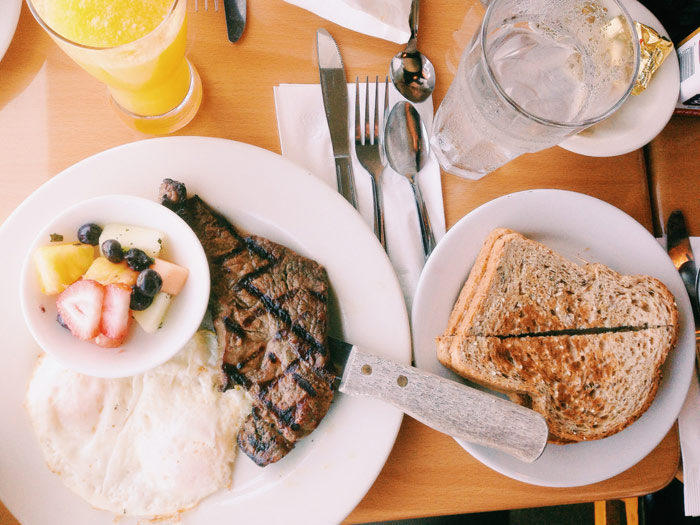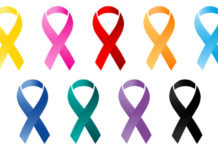
Fe, Ferrum… It is a vital element in the periodic table, but, unfortunately, it is not synthesized in the human body. Iron is used for hematopoiesis (the bone marrow synthesizes about 170 billion red blood cells, erythrocytes, for which it needs iron), and oxygen transfer from the lungs to the tissues, organs, and cells (iron is used for the synthesis of hemoglobin – blood elements, which carry oxygen molecules).
What functions of our body are associated with iron?
Participation in the synthesis of red blood cells;
- participation in the synthesis of hemoglobin;
- transportation of oxygen molecules from the lungs to the whole body;
- participation in metabolic processes as part of enzyme reactions;
- providing the body with energy;
- creation of conditions for physical and intellectual performance;
- strengthening of immunity.
We must receive iron from the outside in the right form and combined with the right substances, but we also need to assimilate it with the help of complex multienzymatic processes and utilize it. For this purpose, a strong and healthy liver is needed.
How is iron absorbed in the body?

For example, bivalent iron Fe II passes safely with food through the stomach, and trivalent iron irritates the mucosa and is poorly digested. Important is also the type of salt with which iron forms (or does not form) a stable composition: plain iron is digested by 0.5-2%, iron carbonate by 6-10%, and iron gluconate by 17-25%.
Substances taken simultaneously with iron also have an effect on the quality of its assimilation: iron-rich spinach and rhubarb are less useful for satiating the body with iron because of the oxalic acid present in them; coffee, black and green tea (due to tannins), some drugs (for example, antacids), vitamin E and calcium also interfere with the body’s ability to absorb iron and should be taken no less than a few hours before or after taking iron.
On the contrary, soybeans do not contain any components preventing the assimilation of iron; they contain proteins and amino acids in the presence of which iron is perfectly absorbed, and therefore all soy products supply iron without interference. Citric acid, vitamins B and C (citrus fruits, paprika, cauliflower), yeast fungi and amino acids, elements of manganese, copper, cobalt, nickel, and zinc also promote the assimilation of iron.
Foods Rich in Iron

First of all, these are soybeans, legumes, grains, vegetables (fennel, beetroot, radish) and eggs. To a lesser extent, these are red meat (beef, chicken, duck) and liver, shellfish, and sardines. Green apples and pomegranates, dried apricots, artichokes, unpeeled potatoes, parsley, and carrots are also useful.
How much iron does the body need?
In an adult human body, there is a small amount of iron – just 3.5-5 g. 65-70% of this amount is needed for hematopoiesis, 4% -for iron-containing enzymes and about 25% are stored in the liver. Every day we lose 1-2 mg (or up to 15-20-30 mg in the period of menstrual bleeding). With food – we are talking about a full-fledged, balanced nutrition – we receive 10-15 mg of iron every day, 10-15% of this amount can be absorbed. It covers the need for iron in a normal, healthy state, not burdened by trauma, illnesses, overfatigue, or blood loss. The iron received with food, alas, does not compensate for the deficit.
What can iron deficiency lead to?
Under the circumstances of iron deficiency (according to medical statistics, 80% of people do not receive enough iron chronically, and for a long time this state is hidden), oxygen starvation develops, which immediately disrupts the normal functioning of cells, organs, and tissues. The brain and heart are the first to suffer. Gradually, iron deficiencies develop into anemia. At risk are children and adolescents during the periods of intensive growth, pregnant and lactating women, patients (including the recovery period), professional athletes, and elderly people.
Iron deficiency: signs and treatment

Iron deficiencies are observed:
- in case of various blood loss (including menstrual and associated with traumas and illnesses);
- in case of the increased need for iron (this develops in sports or due to a vegetarian diet or a self-limiting diet for weight loss);
- as a congenital iron deficiency;
- if there is a violation of iron transportation due to the lack of transferrin enzyme (it helps the iron in the amount of up to 12 mg to penetrate from the intestine into the circulatory system through the mucous membranes);
- when the assimilation of iron is violated (for example, in case of helminthic invasions that interfere with the normal absorption of iron);
- in diseases associated with a lack of iron (iron deficiency anemia).
The first signs of iron deficiency:
- pale complexion, dryness, and peeling of the skin;
- the fragility of nails and hair, cracks in the corners of the mouth;
- concentration disorders;
- decreased efficiency and motivation;
- chronic fatigue, apathy;
- dyspnea;
- a sense of “goosebumps” in the hands and feet;
- recurrent viral diseases;
- lack of appetite;
- difficulty in swallowing;
- intestinal disturbances;
- blood supply problems.
Hence, it is necessary to replenish iron deficiencies, if they are observed, with the help of special medications prescribed by a doctor. Such medicines are taken for 2-3 months twice a year.






